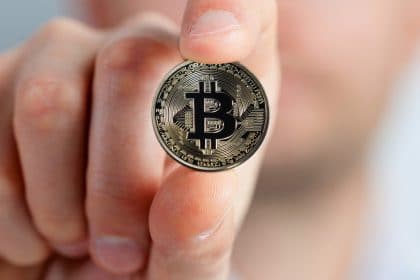This article will help you to understand how to buy Bitcoin. But you also need to learn learning as much as you can about cryptocurrency markets and use your knowledge to refine your strategy.
Bitcoin is officially back and reaching all-time highs as we speak. If you’ve been watching for a while or just recently heard about it and are interested, you might have started looking at how you could get your hands on a few coins. And, if you’ve been looking in detail, you probably noticed that there are a few hurdles you may have to jump over before buying Bitcoin. Let’s take a look at how you can buy Bitcoin in 3 easy steps.
Get a Cryptocurrency Wallet
The first thing you will have to do is get yourself a wallet. The wallet is not what will be holding your coins technically as transactions are recorded on the blockchain. The wallet allows people to send coins to you and verify that the coins are yours.
Before you pick a wallet, you have to make sure that it’s secure. It has to prevent people from getting access to a private key, which is like the key to a security box. It also stores your public key, which is like an account number. The public key has to remain public so that people know where to send money, but the private key needs to be robustly encrypted so that no one can get access to the funds.
You have multiple types of wallets. You have electronic wallets that you can use on a mobile, tablet, PC, or all three. While these are the most convenient, these aren’t the safest. If you want the safest possible option, you should go with a hardware wallet, which looks like a small USB key. This is also referred to as cold storage as it will not be connected to the internet, which means that no one will be able to hack it from distance.
Note that a wallet can be nothing but a piece of paper with your private and public keys on it, though this is probably the most fragile of all options out there. However, it could be used as a backup in case you lose your main wallet.
Find an Exchange
The next step is finding an exchange. The first thing you want to make sure of is that it is well established, respected, and takes security seriously. You want an exchange that has solid encryption, different storage options and uses things like multi-signature addresses to keep the funds safe.
Also, you want to make sure that they have a solid portfolio of cryptocurrencies and offer a flexible wallet that allows you to move funds in and out to external wallets. An example of an exchange that ticks all of these boxes is CoinSpot. They have a reasonable fee structure and are one of the most established exchanges in the country.
Exchange Your Money for Bitcoin
Next, all you have to do is exchange your money for Bitcoin. Some exchanges will allow you to deposit funds to your account and start trading. Most will allow you to deposit through a bank transfer, which can take a while. However, know that some exchanges will only allow you to trade Bitcoin or other cryptocurrencies, so make sure that you look into this when choosing an exchange, as you may need to get bitcoin from a fiat-friendly one before trading there.
This is all you need to start buying Bitcoin. The next step is learning as much as you can about cryptocurrency markets and use your knowledge to devise and refine your strategy.
next